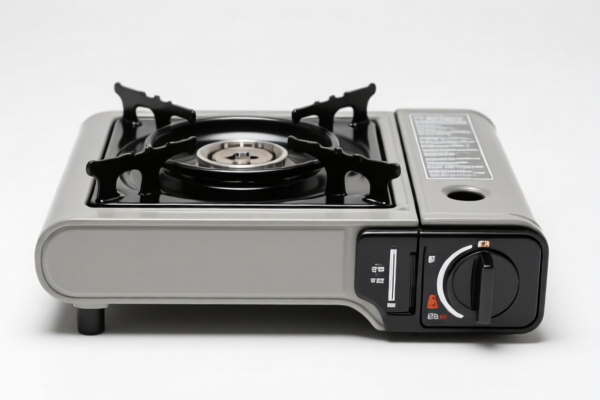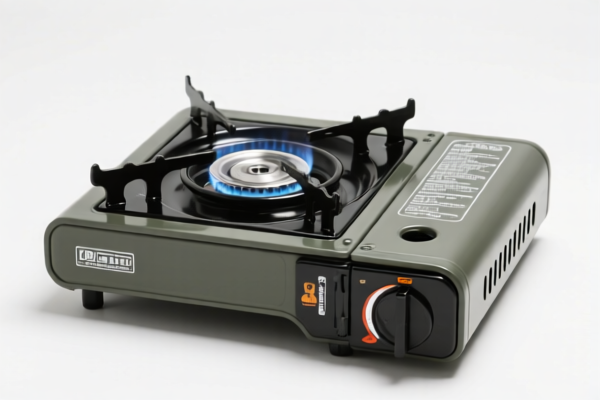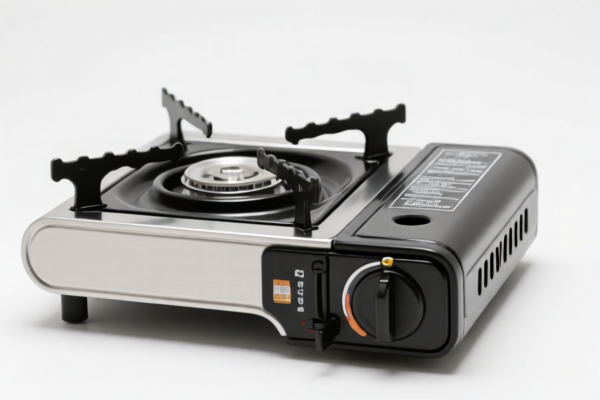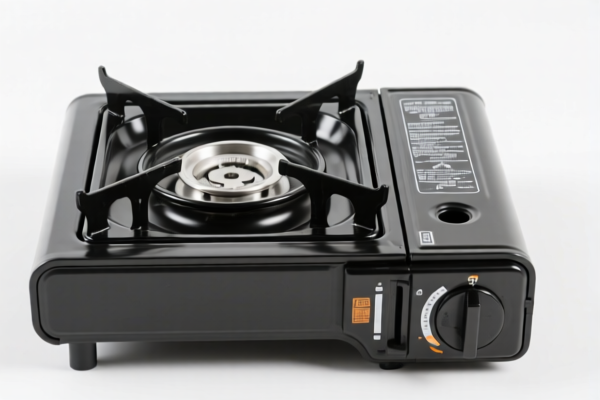| HS Code | Official Doc | Tariff Rate | Origin | Destination | Effective Date |
|---|---|---|---|---|---|
| 8419390280 | Doc | 55.0% | CN | US | 2025-05-12 |
| 8514110000 | Doc | 55.0% | CN | US | 2025-05-12 |
| 8514190000 | Doc | 55.0% | CN | US | 2025-05-12 |
| 8543708000 | Doc | 55.0% | CN | US | 2025-05-12 |
| 8543708000 | Doc | 55.0% | CN | US | 2025-05-12 |
| 6903100000 | Doc | 55.0% | CN | US | 2025-05-12 |
| 6903900010 | Doc | 55.0% | CN | US | 2025-05-12 |
| 6914104000 | Doc | 55.0% | CN | US | 2025-05-12 |
| 6914904100 | Doc | 55.0% | CN | US | 2025-05-12 |




Electric Furnace
An electric furnace is a heating device that uses electricity to generate heat, typically for industrial processes involving high temperatures. It employs electrical resistance to convert electrical energy into thermal energy.
Material
Electric furnaces utilize a variety of materials depending on the operating temperature and application. Common components and materials include:
- Heating Elements: Typically made of alloys with high electrical resistance, such as nichrome (nickel-chromium), silicon carbide, molybdenum disilicide, or graphite. The specific alloy is chosen based on the maximum temperature required and the atmosphere within the furnace.
- Refractory Lining: The furnace interior is lined with refractory materials – substances resistant to high temperatures and chemical attack. Common refractories include alumina, silica, magnesia, chromite, and zirconia. The choice of refractory depends on the materials being heated and the furnace atmosphere.
- Shell/Casing: Usually constructed from steel, providing structural support and insulation.
- Insulation: Materials like ceramic fiber, alumina wool, or other high-temperature insulation minimize heat loss.
- Electrodes (for arc furnaces): Graphite electrodes are used in arc furnaces to create the arc that generates heat.
Purpose
The primary purpose of electric furnaces is to provide controlled heating for a wide range of industrial processes, including:
- Metal Melting: Melting ferrous and non-ferrous metals for casting, forging, and other metalworking operations.
- Heat Treatment: Processes like annealing, hardening, tempering, and case hardening to modify the physical and mechanical properties of metals.
- Calcination: Decomposing materials by heating, often used in the production of cement, lime, and other chemical products.
- Sintering: Compacting and bonding powder materials through heat, used in the manufacturing of ceramics, powdered metals, and magnets.
- Chemical Reactions: Providing the energy needed for various chemical processes.
- Materials Testing: Controlled heating for research and development, and quality control.
Function
Electric furnaces function by passing an electric current through a resistive heating element. This resistance generates heat according to Joule's Law (Q = I²Rt, where Q is heat, I is current, R is resistance, and t is time). The heat is then transferred to the material being processed through radiation, convection, and conduction. Temperature control is achieved by regulating the electrical current supplied to the heating elements.
Usage Scenarios
- Foundries: Melting metals for casting.
- Steel Mills: Heating and heat treating steel.
- Ceramic Manufacturing: Sintering ceramic powders.
- Chemical Plants: Calcination and other chemical processes.
- Laboratories: Materials research and testing.
- Powder Metallurgy: Sintering metal powders.
- Jewelry Making: Melting and casting precious metals.
Common Types
- Resistance Furnaces: The most common type, using resistive heating elements to generate heat. These are suitable for a wide range of temperatures and applications. Subtypes include box furnaces, pusher furnaces, and bell furnaces.
- Induction Furnaces: Using electromagnetic induction to heat metals directly. These are faster and more efficient than resistance furnaces, but are typically used for melting metals only.
- Arc Furnaces: Using an electric arc between electrodes to generate very high temperatures. These are used for melting large quantities of metal, particularly steel.
- Vacuum Furnaces: Operating under vacuum to prevent oxidation and contamination. Used for specialized heat treatment and materials processing.
- Reverberatory Furnaces: Utilizing radiant heat from a flame or electric source to heat materials. Often used for non-ferrous metal melting and refining.
- Bell Furnaces: A type of pusher furnace where the material moves under a bell-shaped hood. Commonly used for heat treating large quantities of steel.
Electric furnaces can be categorized based on their function and application. The following HS codes are relevant based on the provided information:
- 8514110000: Industrial or laboratory electric furnaces and ovens (including those functioning by induction or dielectric loss); other industrial or laboratory equipment for the heat treatment of materials by induction or dielectric loss; parts thereof: Resistance heated furnaces and ovens. This code specifically covers resistance heated furnaces and ovens used in industrial or laboratory settings.
- 8514190000: Industrial or laboratory electric furnaces and ovens (including those functioning by induction or dielectric loss); other industrial or laboratory equipment for the heat treatment of materials by induction or dielectric loss; parts thereof: Resistance heated furnaces and ovens: Other. This code applies to other resistance heated furnaces and ovens used in industrial or laboratory settings that are not specifically categorized elsewhere.
- 8419390280: Machinery, plant or laboratory equipment, whether or not electrically heated (excluding furnaces, ovens and other equipment of heading 8514), for the treatment of materials by a process involving a change of temperature such as heating, cooking, roasting, distilling, rectifying, sterilizing, pasteurizing, steaming, drying, evaporating, vaporizing, condensing or cooling, other than machinery or plant of a kind used for domestic purposes; instantaneous or storage water heaters, nonelectric; parts thereof: Dryers: Other Other. This code covers electrically heated machinery used for material treatment, excluding furnaces and ovens specifically covered under heading 8514.
Tax Rate Information:
- 8514110000 & 8514190000: Basic tariff: 0.0%, Additional tariff: 25.0%, Additional tariff after 2025.4.2: 30.0%, Total tariff: 55.0%.
- 8419390280: Basic tariff: 0.0%, Additional tariff: 25.0%, Additional tariff after 2025.4.2: 30.0%, Total tariff: 55.0%.
Important Note:
The classification between 8419 and 8514 depends on whether the equipment is specifically designed as a furnace or oven (8514) or is a more general type of machinery for material treatment (8419).
Customer Reviews
No reviews yet.